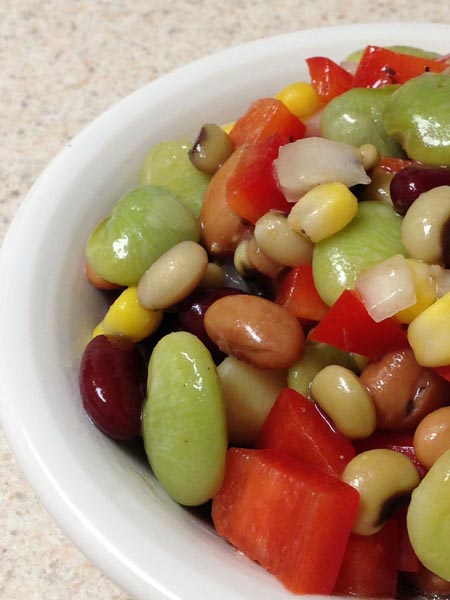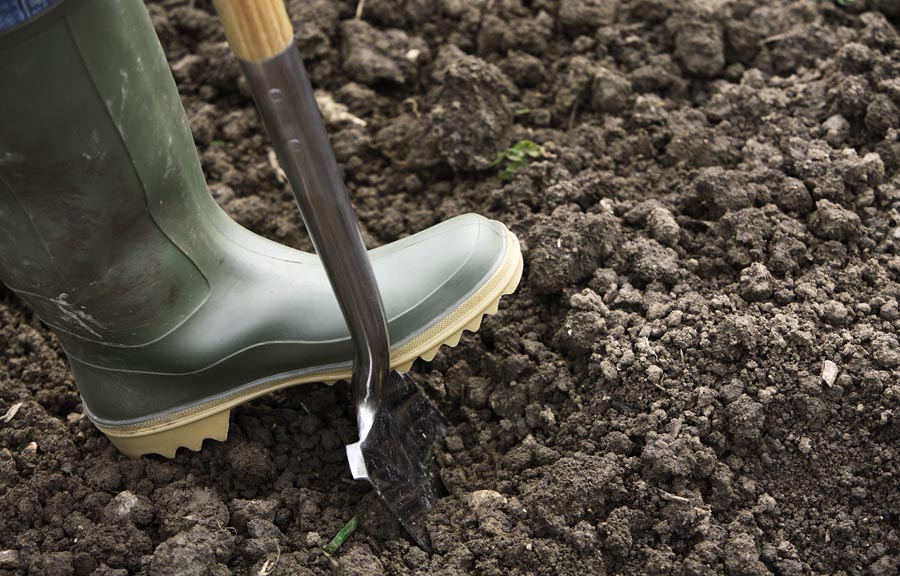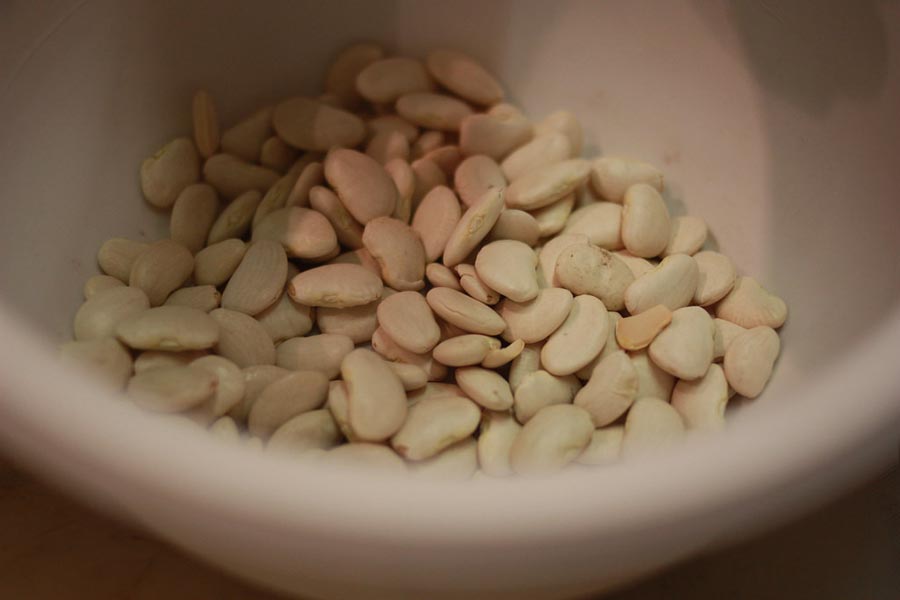
A cup of lima beans is already a quarter of your daily recommended iron intake. You might as well have them in your garden, right?
We’ll teach you how to grow lima beans so you can have them anytime you want.
What You Need to Know About Lima Beans
First, the name. This legume is most popularly known as lima beans.
However, it is also known by many names. For example, in the United States, many call it butter beans. Other names include chad beans, double beans, Madagascar beans, sieva beans, and wax beans.
Let’s get started
Lima beans are grown for its edible seeds–the beans.
They were discovered in Peru, hence, the name. The Spanish conquerors of Peru brought lima beans to the rest of the Americas and Europe.
Now
Lima bean is a popular legume in many parts of the world.
And just like most legumes, lima beans are a great source of dietary fiber. They are rich in protein but are mostly fat-free.
Further
They are known to regulate blood sugar while also great at lowering cholesterol. Also, they can help prevent constipation, digestion problems, and loose bowel movements.
Among the minerals present in lima beans are the following:
- Calcium
- Iron
- Magnesium
- Phosphorus
- Potassium
- Sodium
Boom!
It’s rich in vitamin B6 as well.
However, you have to cook lima beans properly as they could be toxic. They should be boiled for at least 10 minutes before eating them.
You can also soak them in lukewarm water before cooking or roasting them.
So, how do you eat lima beans?
There are canned lima beans that are already precooked. You can eat them as is or you can add them to other recipes.
The dried lima beans have to be cooked in order to soften.

Here are popular recipes that use lima beans:
- Creamed lima beans
- Hummus (instead of chickpea)
- Lima bean dip
- Lima bean soup
- Succotash
Sounds appetizing?
That’s exactly why you should grow your own lima beans! They are healthy and there are many ways to cook them.
Here’s a bit of trivia:
In the United States, there is a celebration called National Lima Bean Respect Day. It is celebrated every April 20.
Now that we already know a lot about lima beans, let’s discuss how to plant them.
How to Grow Lima Beans
Growing lima beans is similar to growing string beans. They basically have the same needs and wants.
Important thing:
Lima beans need sunshine to really thrive. They should be exposed to full sun.
They are considered frost-tender annuals. This means that even the lightest frost could damage the plants.
You don’t want that
Damaged lima bean plants may eventually die. If they survive, you can’t expect to get healthy beans from them.
They could taste terrible and you may only get minimal pods during harvest.
What’s the ideal temperature?
It should be between 65℉ and 70℉ or 18℃ to 21℃. This temperature should be steady for at least one week.
Now, if you are planting indoors to eventually transplant outdoors, make sure you sow the seeds at least three weeks before the last expected frost.
For outdoor gardening
Plant the seeds three weeks before the last frost.
It would be best if the pods will already be set before we experience the hottest time of the summer.
Bear in mind
It would take between 60 and 90 days before the lima beans mature in their pods.
In order to have a constant harvest, try to plant lima beans every two weeks or so. This is referred to as succession planting.
Steps in Growing Lima Beans
1. Prepare the garden bed

As mentioned, lima beans need full sun. So, find a spot in your area where you know that the lima beans will get access to the sun.
A soil pH of between 6 and 6.8 would also be ideal.
Moreover
You want a soil that is a bit loose since the lima bean seeds would need well-draining soil in order to germinate properly.
Besides, compact soil would also rot the roots as soon as they start to grow.
2. Plant the seeds
Plant the seeds to at least an inch deep. They should be around four inches apart.
Summertime is the best time to start planting your lima beans.
3. Thin the seedlings
When your seedlings start to sprout, you want them to be at least four inches apart. The leaves have the tendency to grow closer, which is why you need to thin them out.
The goal of this process is to give the plants more space to grow.
Why?
When you leave them the appropriate amount of room, they will receive the right volume of nutrients and other necessary plant essentials like water and sunlight.
You want only the healthiest seedlings to compete for plant necessities. This process also improves air circulation around the plants.
Basically
Thinning is just the process of removing other seedlings deemed unnecessary or unhealthy competition.
Are you growing a vine?
If you want lima beans to grow on vines, install the stakes only when you see a good amount of leaves on the plants.
4. Water the lima beans
Provide your lima beans with at least one inch of water every week.
5. Harvesting lima beans

Timing is also important when harvesting lima beans. Reaping the pods at the wrong time would mean bitter pods that are also a bit woody.
When done at the right time, you can expect tender pods with really green beans.
When should you harvest lima beans?
They will be ready in just a few months. For those grown in vines, they will be ready within three months.
For the bush variety, you can start harvesting within two months.
Here are some indications:
You know the pods are ready to harvest when it has a great color–it should be a bright green color. Old pods will lose their “greenness.”
You also need to touch the pod and make sure it’s quite firm.
Storing the beans
You may keep the lima beans in their pods and you can refrigerate them for 10 to 14 days.
The other option is to remove them from their shell and put the beans in the can or store them in the freezer.

Summary
Lima beans are healthy. They are versatile, too. You can simply boil them or roast them or you can add them in many recipes.
A cup of lima beans will already provide you with a quarter of your much-needed daily iron intake. It comes with many vitamins and minerals, too. It would be quite convenient if you just have them in your backyard.
The good thing is that it’s so easy to learn how to grow lima beans. You can plant them in the summer and start cooking lima beans in two to three months.
Useful Resources
- Lima Beans: Nutrients, Benefits, Downsides, and More – Healthline
- Lima Bean – Better Homes & Gardens
- Should I Worry About the Cyanide in Lima Beans? – Oregon State University

